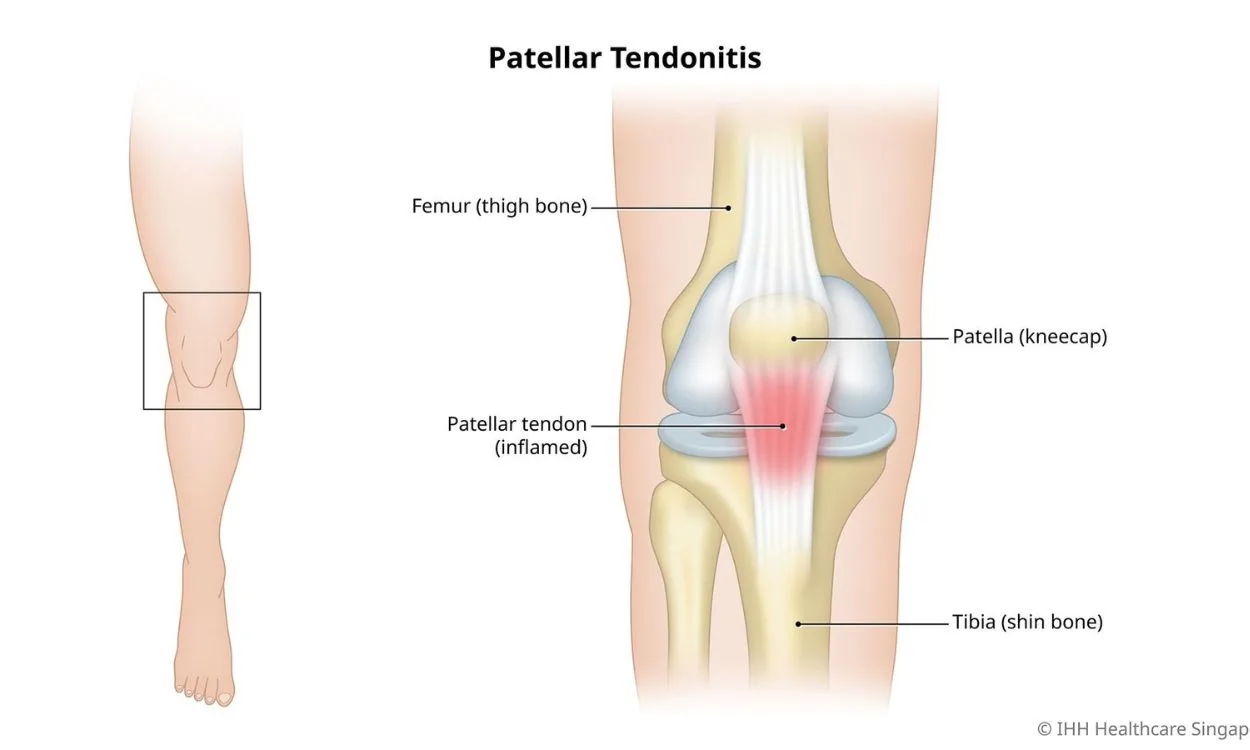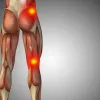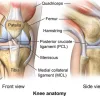Can Knee Pain be Related to Patellar Tendinitis?
Introduction
Knee pain is a common complaint among people of all ages. It can occur due to various reasons, one of which is patellar tendinitis. Patellar tendinitis, also known as jumper’s knee, is a condition characterized by inflammation and irritation of the patellar tendon, which connects the kneecap (patella) to the shinbone (tibia). In this blog, we will explore the causes, symptoms, diagnosis, and treatment of patellar tendinitis.
Understanding Patellar Tendinitis
Patellar tendinitis usually affects athletes and individuals involved in activities that require repetitive jumping or running. It is more common in younger people who participate in sports like basketball, volleyball, and soccer. The condition is caused by overuse or repetitive stress on the patellar tendon, which leads to small tears and subsequent inflammation.
Symptoms of Patellar Tendinitis
The most common symptom of patellar tendinitis is pain, which is typically localized to the front of the knee, just below the kneecap. The pain may worsen with activity, especially jumping or running, and may be accompanied by swelling and tenderness around the patellar tendon. Some individuals may experience stiffness in the knee, as well as a feeling of weakness or instability.
Diagnosis of Patellar Tendinitis
To diagnose patellar tendinitis, a healthcare professional will typically conduct a thorough physical examination, asking about the individual’s medical history and activities that may have contributed to the knee pain. They may also perform imaging tests such as an X-ray or MRI to rule out other potential causes of the symptoms.
Treatment Options for Patellar Tendinitis
The treatment of patellar tendinitis usually involves a combination of conservative measures aimed at reducing pain and inflammation, promoting healing, and preventing further injury. Some common treatment options include:
- Rest and Modify Activities: Avoid activities that aggravate the knee pain and put excessive stress on the patellar tendon. This may involve reducing or modifying the intensity and frequency of exercises or sports participation.
- Ice Therapy: Applying ice to the affected area can help reduce pain and inflammation. Ice packs or cold compresses can be applied for 15-20 minutes several times a day.
- Physical Therapy: A physiotherapist may prescribe specific exercises to stretch and strengthen the muscles around the knee. These exercises help improve flexibility, reduce pain, and prevent future injury.
- Medications: Over-the-counter nonsteroidal anti-inflammatory drugs (NSAIDs) such as ibuprofen can be used to alleviate pain and reduce inflammation. However, it is important to consult a healthcare professional before taking any medication.
- Patellar Taping or Bracing: This involves using adhesive tape or a brace to provide support and relieve stress on the patellar tendon. These devices can help reduce pain and improve stability during activities.
- Extracorporeal Shockwave Therapy (ESWT): In some cases, ESWT may be recommended to stimulate healing and reduce pain. This non-invasive treatment involves delivering shockwaves to the affected area.
- Injections: Corticosteroid injections may be considered for individuals with severe pain that does not respond to other treatments. These injections help reduce inflammation and provide temporary relief.
- Surgery: In rare cases where conservative treatments fail to provide relief, surgical intervention may be necessary. Surgery aims to remove damaged tissue and repair the patellar tendon.
Prevention and Rehabilitation
Preventing patellar tendinitis involves taking certain precautions and adopting healthy habits. Some strategies include:
- Gradually increasing the intensity and duration of activities, rather than pushing too hard too quickly.
- Wearing proper footwear that provides adequate support and cushioning.
- Using proper techniques and form during physical activities.
- Maintaining a balanced and nutritious diet to support overall musculoskeletal health.
- Engaging in regular strength and flexibility exercises to strengthen the muscles around the knee.
Fitpaa – Your Companion in Achieving Optimal Health and Fitness
If you are experiencing knee pain or any other health and fitness concerns, Fitpaa is here to help. Fitpaa is an all-in-one AI-driven metabolism monitoring and management technology that can assist you in achieving your health and fitness goals. With personalized Fitpaa Capsules comprising medical therapy, exercise therapy, nutrition therapy, and cognitive behavior therapy, Fitpaa optimizes your metabolism and helps you achieve guaranteed results.
By downloading the Fitpaa app, you gain access to a team of fitness coaches, nutritionists, and doctors who will guide you through your journey. The app provides real-time guidance, habit-building techniques, and a variety of tools to track your progress, including a virtual workout trainer, diet tracker, and performance tracker.
Fitpaa is a trusted and comprehensive solution that has transformed the lives of thousands of individuals. It offers a 7-day risk-free trial, lifetime validity, and a money-back guarantee if you do not achieve the promised results. Join the Fitpaa community and experience the joy of reaching your health and fitness goals with confidence.
Download the Fitpaa app today and take the first step towards a healthier and happier life!
Conclusion
Knee pain can be related to various conditions, and patellar tendinitis is one such cause. Understanding the symptoms, diagnosis, and treatment options for patellar tendinitis can help individuals manage their pain and prevent further injury. Additionally, Fitpaa provides a comprehensive solution for achieving optimal health and fitness goals, offering personalized support and guidance. Embrace a pain-free and active lifestyle by addressing knee pain and taking advantage of Fitpaa’s transformative capabilities.









